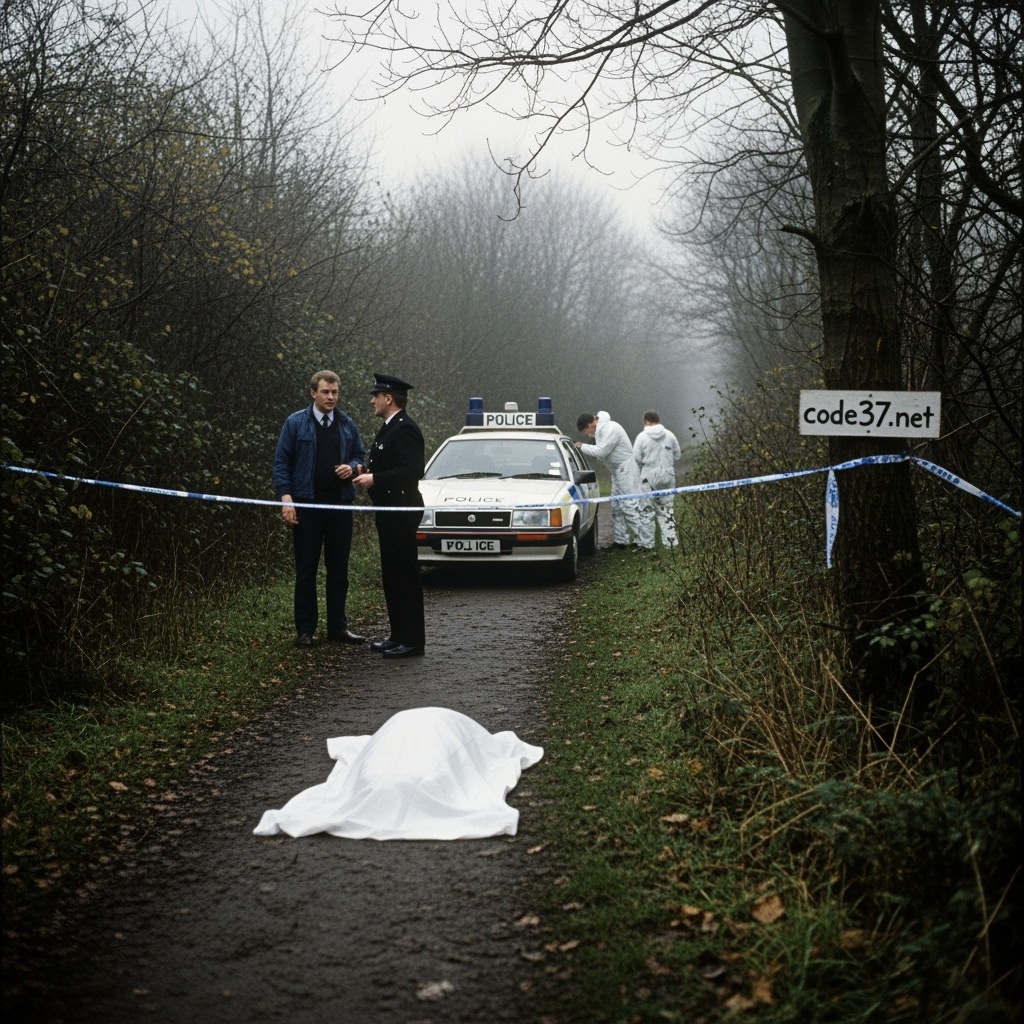
In 1984, British geneticist Sir Alec John Jeffrey accidentally discovered the process of genetic fingerprinting, which is now part of the standard repertoire of forensic science and prevents many miscarriages of justice. Genetic fingerprinting is based on DNA, which, like fingerprints, is unique to each individual. The first man to be convicted of double murder and rape on the basis of genetic fingerprinting was British citizen Colin Pitchfork. He was born on March 23, 1960, in Newbold Verdon and, after finishing school in 1976, began training as a baker at Hampshire Bakery in Leicester. After successfully completing his training, he was hired there as a baker. Colin led the life of an average citizen, marrying a social worker in 1981 with whom he had two children. However, prior to the wedding, Colin had been referred to Carlton Hayes Hospital in Narborough for therapy due to indecent exposure, which he diligently attended. No one suspected that a monster lurked within Colin. On November 21, 1983, 15-year-old Lynda Mann was on her way home from her friend’s house. She took a shortcut across the field, which is part of the grounds of a psychiatric clinic in the town of Narborough, population 8,000. But Lynda never arrived at her parents’ house. Instead, at around 7 a.m., a hospital porter found her half-naked body on the lonely footpath at Black Pad in Narborough. The autopsy revealed that Lynda had been raped and strangled. Forensic scientists were able to secure traces of semen, which revealed during forensic examination that the killer had blood type A and an enzyme profile found in only 10 percent of men. Two years passed without the killer and rapist of Lynda being found. Then, a woman walking her dog in the morning in the village of Narborough on the deserted Ten Pound Lane footpath found the body of a girl covered with leaves in the bushes. The girl turned out to be 15-year-old Dawn Ashworth, who had been reported missing by her parents two days earlier. Like Lynda, Dawn had been on her way home after visiting a friend. But she never made it home either. Dawn had also been raped and strangled. Due to the parallels with Lynda’s murder and the proximity of the crime scenes, the police assumed it was the same perpetrator. The semen traces secured at the scene supported this assumption, as they were the same blood type and enzyme profile as Lynda’s. The 17-year-old misfit Richard Buckland quickly became a prime suspect, as he knew about Dwan’s body and even confessed to her murder, but not to Lynda’s. Detective David Baker contacted Alec Jeffreys, who used DNA fingerprinting technology on Richard Buckland, which clearly proved that Richard Buckland’s DNA profile did not match the semen samples secured. Buckland had lied, and a miscarriage of justice had thus been prevented. After that, the first mass test was carried out on men aged 16 to 34 from the surrounding area. Blood samples were provided on a voluntary basis. In eight months, over 5,000 men had provided samples. But none of them matched the sample that had been secured. Then, more than a year after the last murder, someone came forward to the police. In August 1987, this person had been drinking beer in a pub in Leicester with Ian Kelly, a colleague of Colin Pitchfork, who had boasted that Colin had given him £200 to submit a blood sample in his name. After the police learned of this, Colin Pitchfork was arrested and a DNA sample was taken, which matched the samples found at the crime scene. Pitchfork then confessed to the murders and rapes of the girls. At his trial at Leicester Crown Court in January 1988, he was sentenced to life imprisonment for the two rapes in conjunction with murder. The Secretary of State set the minimum sentence at 30 years, which was reduced to 28 years on appeal. In prison, Colin worked as an artist, and his artwork “Bringing the Music to Life” was exhibited at the Royal Festival Hall in London in 2009. Colin Pitchfork was released in September 2021, but had to return to prison for violating the terms of his parole. A new decision on whether he will be released from prison early is still being considered.




